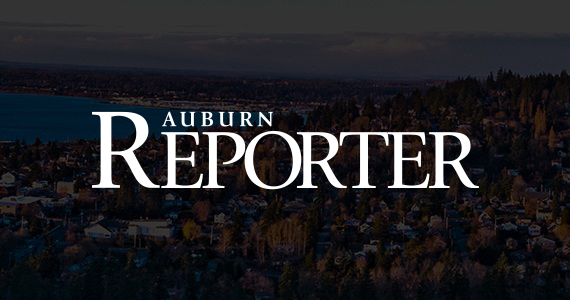Our environment, health, safety and communities are at risk from decisions being made now to transport and export trainloads of coal and oil through Western Washington.
I was excited to attend a groundbreaking ceremony recently for a new state salmon hatchery at Voights Creek near Orting.
Good relationships don’t just happen. We have to work together to build and maintain a strong foundation of trust and commitment to keep a relationship healthy and strong.
A crumbling 103-year-old fish-blocking diversion dam and inadequate fish passage system on the White River near Buckley need to be replaced because they are leading to injury and death for hundreds of threatened salmon, steelhead and bull trout, slowing salmon recovery efforts in the river system.
The Washington State Legislature deserves thanks for not caving in to demands from Boeing and others to require yet another study of fish consumption rates in Washington to tell us what we already know: Our rate is too low and does not protect most of us who live here.
I’ve met a lot of people in my life, but no one like Sen. Daniel Inouye. A soft-spoken son of Japanese immigrants, he rose to become a war hero and represented Hawaii in Congress from the time it became a state. But I always believed he was an Indian at heart.
Polluted stormwater runoff is one of the biggest obstacles to salmon recovery and the cleanup of Puget Sound.
These short, cold, rainy and sometimes snowy days of winter always make me think about our treaties. It was during this time of year more than 150 years ago that the U.S. government negotiated most of its treaties with tribes in Western Washington.
We are losing the battle for salmon recovery in Western Washington because salmon habitat is being destroyed faster than it can be restored.
I’m starting to wonder if the state’s budget problems mean it will no longer be able to co-manage natural resources with the treaty tribes. Even President Obama has said recently that the state’s budget crisis is a “huge problem.”
How much fish and shellfish do you eat? For more than 20 years the state of Washington has based its water quality standards on the idea that we eat one small bite a day, or 6.5 grams. About the size of a sugar cube.
Salmon are on the same downward trend as the amount and quality of their habitat, and until we turn that around, there’s little hope for their recovery.
We all owe a big “thank you” to the Lower Elwha Klallam Tribe. They never gave up on getting those two dams torn down, and today that dream is becoming a reality. For 100 years they have had to wait for their treaty rights to be restored and for the salmon to return.
I’ve been talking a lot lately about the connection between salmon, habitat and treaty rights. That connection is pretty simple. No habitat equals no salmon; no salmon equals no treaty rights; and no treaty rights equals a breach of contract between the tribes and U.S. government.
Our treaty right to gather shellfish depends on the shellfish being safe to eat.
Salmon are incredibly productive by nature. Give them some good habitat, manage harvest carefully, and they will thrive. We’re doing a good job with the careful harvest management part of the equation, but we’re falling far short on the habitat part of the problem.
The pictures don’t lie. Climate change combined with the continued loss of salmon habitat caused by human development is taking a toll on natural resources. The damage to salmon and the people who have always depended on salmon is significant.
More than 1,500 salmon were seen spawning in Coho Creek on the Tulalip Tribes’ reservation last fall. Pretty good considering 10 years ago, the creek was nothing but a drainage ditch in the Quilceda Creek watershed.

